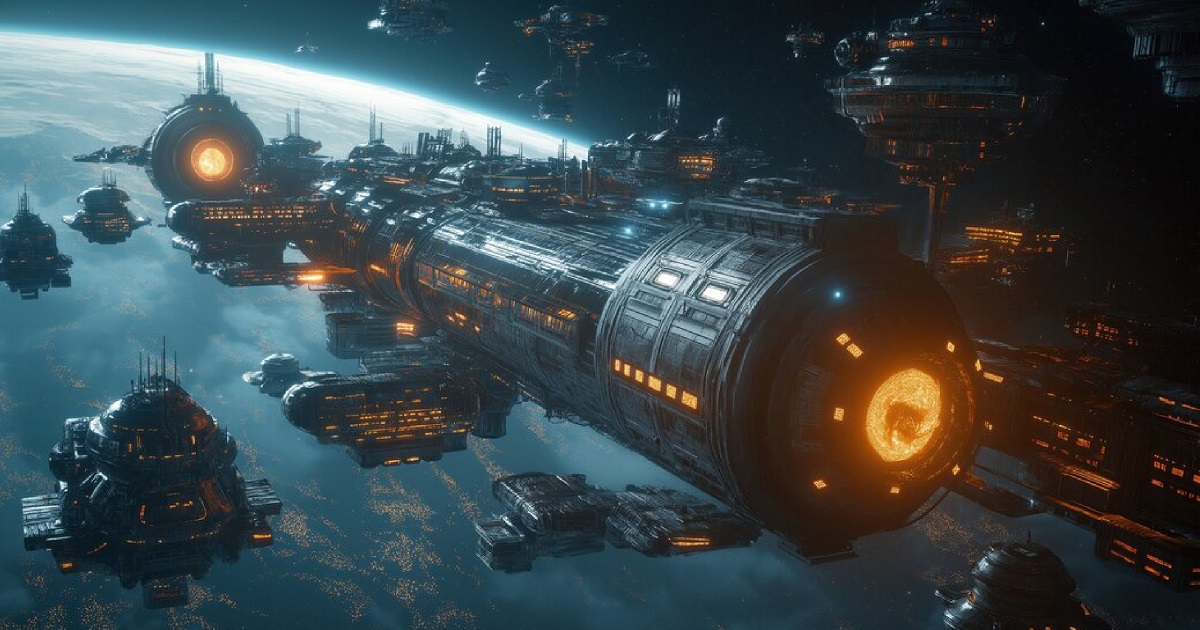- 2.5Impact Factor
- 5.5CiteScore
- 20 daysTime to First Decision
Autonomous Formation Systems: Guidance, Dynamics and Control
This special issue belongs to the section “Aerospace Science and Engineering“.
Special Issue Information
Dear Colleagues,
Autonomous formation systems have made several previously difficult missions possible, as well as enhanced the quality of many existing missions. A formation system comprising multiple members not only inherits the challenges encountered by a single-member system, but there are also new concerns to address in order to achieve cooperation. Multiple spacecraft formations, for example, are engaged in the dynamical coupling of orbit and attitude throughout flight, as are large-scale systems with communication time delays, etc.
This Special Issue aims to collect broad research findings in autonomous formation systems, including the topics of guidance, dynamics, control, planning, and decision making. We are especially interested in recent studies involving multi-body autonomous systems. We invite submissions of papers on all relevant topics, including in the fields of aerospace, robotics, and aircraft.
Dr. Jihe Wang
Dr. Wei Wang
Dr. Chengxi Zhang
Dr. Ran Sun
Dr. Jin Wu
Guest Editors
Manuscript Submission Information
Manuscripts should be submitted online at www.mdpi.com by registering and logging in to this website. Once you are registered, click here to go to the submission form. Manuscripts can be submitted until the deadline. All submissions that pass pre-check are peer-reviewed. Accepted papers will be published continuously in the journal (as soon as accepted) and will be listed together on the special issue website. Research articles, review articles as well as short communications are invited. For planned papers, a title and short abstract (about 250 words) can be sent to the Editorial Office for assessment.
Submitted manuscripts should not have been published previously, nor be under consideration for publication elsewhere (except conference proceedings papers). All manuscripts are thoroughly refereed through a single-blind peer-review process. A guide for authors and other relevant information for submission of manuscripts is available on the Instructions for Authors page. Applied Sciences is an international peer-reviewed open access semimonthly journal published by MDPI.
Please visit the Instructions for Authors page before submitting a manuscript. The Article Processing Charge (APC) for publication in this open access journal is 2400 CHF (Swiss Francs). Submitted papers should be well formatted and use good English. Authors may use MDPI's English editing service prior to publication or during author revisions.
Keywords
- spacecraft formation, constellation systems
- robotics, aircraft systems
- mission management and trajectory planning
- guidance, dynamics, and control
- swarm intelligence of networked systems

Benefits of Publishing in a Special Issue
- Ease of navigation: Grouping papers by topic helps scholars navigate broad scope journals more efficiently.
- Greater discoverability: Special Issues support the reach and impact of scientific research. Articles in Special Issues are more discoverable and cited more frequently.
- Expansion of research network: Special Issues facilitate connections among authors, fostering scientific collaborations.
- External promotion: Articles in Special Issues are often promoted through the journal's social media, increasing their visibility.
- e-Book format: Special Issues with more than 10 articles can be published as dedicated e-books, ensuring wide and rapid dissemination.

